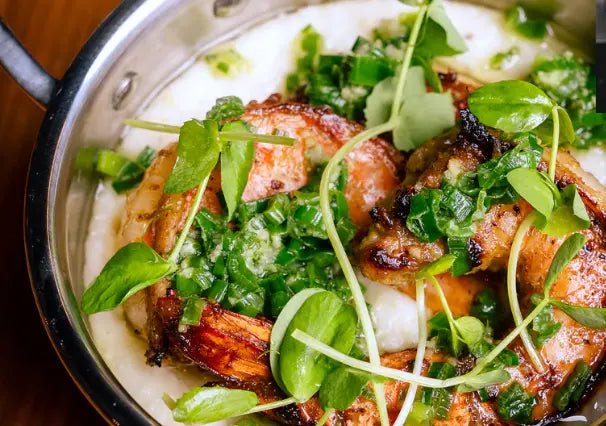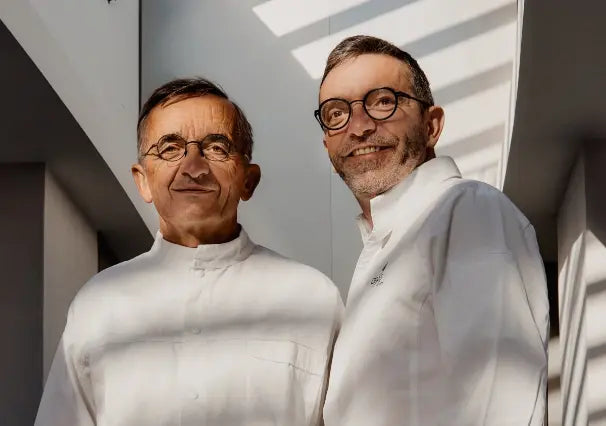Do you sometimes wonder why you do certain things a certain way in the kitchen? Perhaps because that’s how you were taught or that’s what the recipe says? Well, let’s take a deeper look into the science behind some everyday cooking techniques to get a better understanding. Cooking is very closely linked to science, with the bonus of being able to eat your delicious concoctions after experimenting in the kitchen!
BAIN-MARIE
The bain-marie cooking technique (also known as a double boiler) involves placing a cooking vessel in a pan of hot water for slow cooking. It is commonly used for melting chocolate and preparing desserts and sauces to avoid burning or sticking. Bain-maries are perfect for creating and maintaining a gentle and uniform heat around your food.
THE MAILLARD REACTION & CARAMELIZATION
The Maillard reaction was discovered by French chemist Louis-Camille Maillard in 1912, and is what gives browned foods a distinctive flavor. This includes seared meats, baked breads and biscuits, fried onions and even roasted coffee. Although it is an entirely separate process, caramelization produces a similar result in cooking to the Maillard reaction, both in appearance and taste.
For a perfectly seared steak, get out your CRISTEL® stainless-steel frying pan and put Maillard to the test. The chemical reaction occurs between amino acids and reducing sugars at a high heat. The process unlocks hundreds of flavor compounds that break down for truly delicious cuts of meat.

BLANCHING GREENS
One very popular technique used for cooking vegetables is blanching. To blanche your vegetables (particularly greens) you’ll need a large saucepan filled with salty boiling water – a CRISTEL® stainless-steel saucepan is perfect for the job.
Scald them briefly in the boiling water, then immediately plunge them into either iced water or run them under cold water to halt the cooking process. This inactivates enzymes that cause browning and changes in texture and flavor. Therefore, color, flavor and texture is better retained and even enhanced through the blanching process.
What’s more, baking soda can be added to your boiling water to bring out the bright colors in your vegetables – it works wonders on green beans, asparagus and carrots, for example.

SOUS VIDE COOKING
One special kitchen technique that deserves more attention is sous-vide cooking. Sous-vide means “under vacuum” in French and involves placing food in a plastic pouch or glass jar and cooking it in a water bath for an extended time at a relatively low heat. This ensures that the inside is properly cooked without overcooking the outside, keeping it nice and even whilst also retaining moisture. To do so, you’ll need a large, deep pot, such as the CRISTEL® stainless-steel stockpot, which is great when preparing bigger quantities, which is often the case with sous-vide cooking.
WHY REST MEAT?
When it comes to roasting meat, we often hear that it is important to allow the meat to rest before cutting into it. As meat cooks, its moisture moves outward toward the surface of the meat, where some of it eventually evaporates. When you take your roast out of the oven, the juices still inside will need some time to redistribute back through the meat. Cover your meat in a “tent” of tin foil so it doesn’t cool down too much. By letting it rest, for the moisture to be re-absorbed and making your meat extra tender and juicy. Resting time generally varies between 10 and 20 minutes. During this time you can whip up a delicious gravy or add the finishing touches to the side dishes. The CRISTEL® stainless-steel roaster, with its adjustable raised grill rack, is the best tool for making the perfect Sunday roast.

















